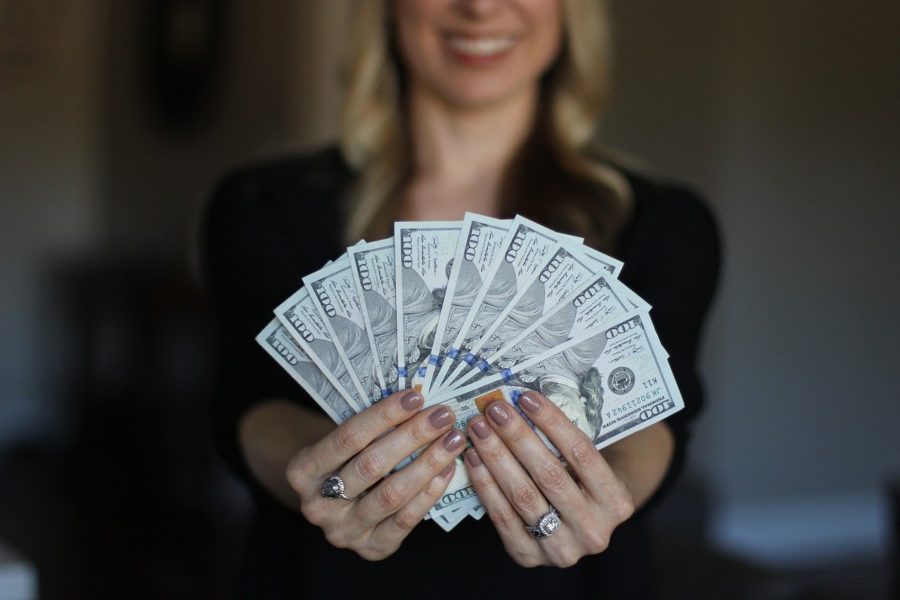The pink tax, discriminatory, simplified
More stories from Connor Dezember
Women spend on average $1,300 more for the same products each and every year.
So, what is the pink tax? It is not actually a tax, but it is actually a system based upon discriminatory pricing of women’s products, from razors to necessary items like feminine hygiene products.
This “tax” isn’t just hygiene at the surface. Yes, brands will sell a lesser quality razor for double the price of a man’s average razor, which is already pricy in the first place which pushes the point even further, but it even goes clothes.
Feminine hygiene products are crazy overpriced, with the average box of 36 tampons costing about $25-40, while smaller boxes costing anywhere from $8-15, and usually you are going to need multiple kinds/types for different stages of the menstrual cycle. What is crazy is that they cost pennies to make and are being sold for massive profit margins.
Then it gets even worse, some of these products are infused with alcohol and/or perfumes which can cause pain, discomfort, and other symptoms that nobody wants to have, and that the alternatives usually cost more because the all-natural cost more to make and manufacture.
Women’s pants are on average 1/3 more than men’s pants, which women’s pants already come in crazy and odd sizing standards that are not the same across all brands, but the pockets are tiny which cause women to buy bigger jackets with many pockets or the more common answer, purses and other similar types of bags.
The gender pay gap obviously makes things even more complicated in the situation, with on average women making between 55 and 80 cents for every dollar the average male makes. So, women are making less money, but they must spend money on necessities and must pay more for the same item.
As of October 2020, New York is putting in major efforts to ban the pink tax. It is now illegal to charge more for products that are close and similar to the same yet marketed to different genders. The state plans to enforce this by requiring certain service providers to submit price lists. It’s been over a year since the law was put into effect, and it’s hard to see how successful it has been.
There are feminine hygiene product brands that are making cheaper and healthier options, but these companies struggle to get their point across due to their lower costs, and from these lower costs cause lower profits which sadly make it so they cannot get their point out there in the mainstream media as easily.
To stop the pink tax there is only really a few things that can be done and that is to stop buying/avoid the overpriced “female version” of these products, and then support the cheaper companies that are trying to make a difference, in hopes that they can change things for the better.
Taking journalism once again. My undiagnosed adhd and dyslexia really does make this all a struggle.
























